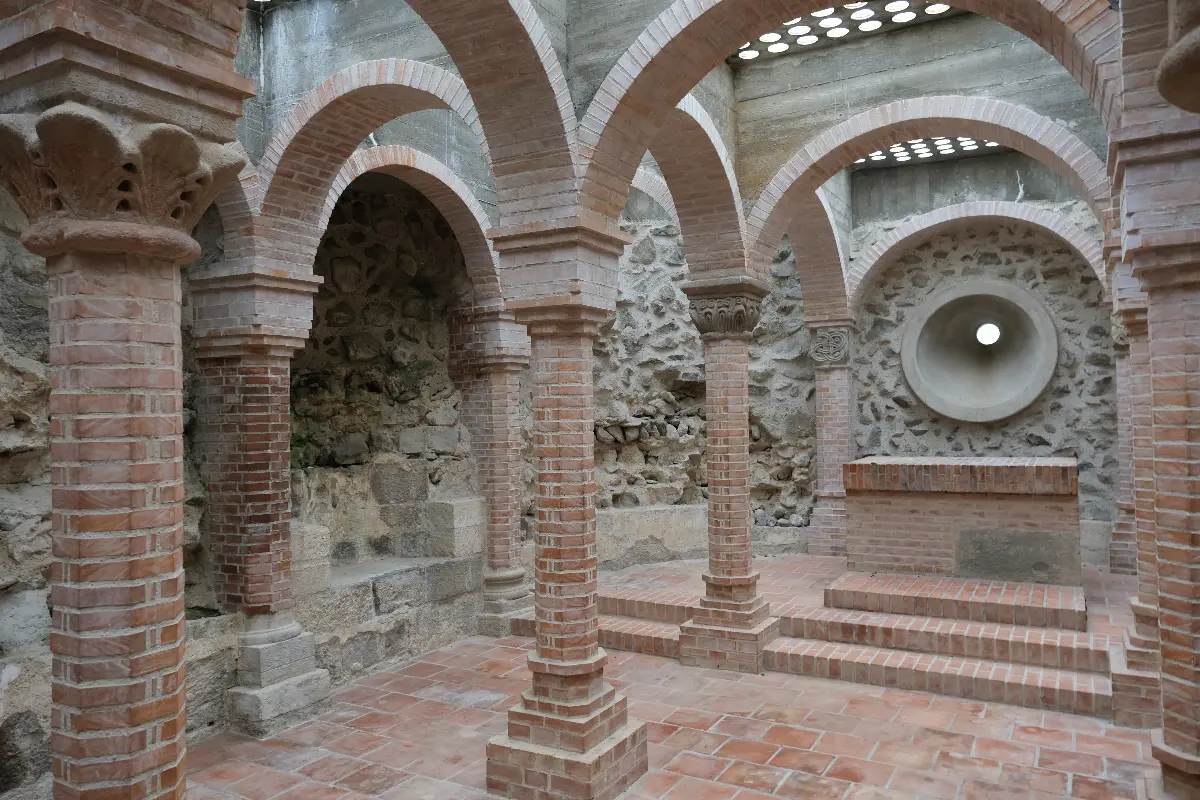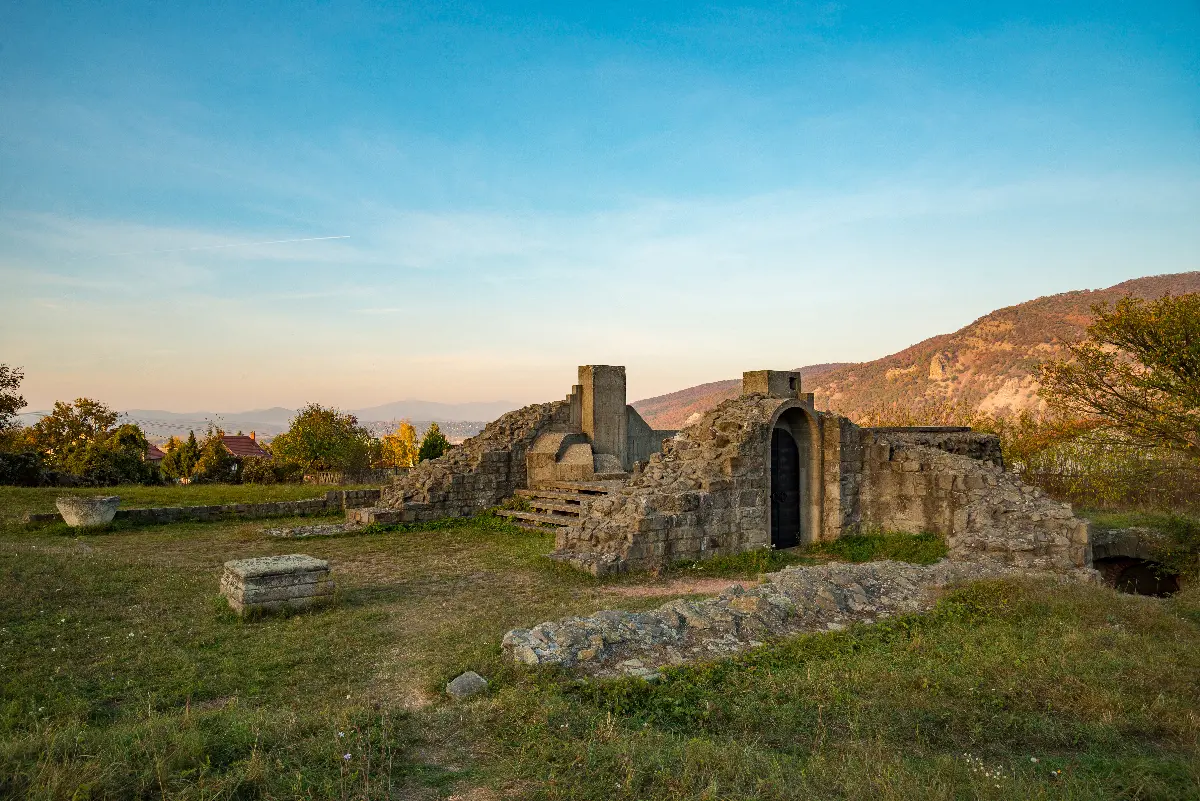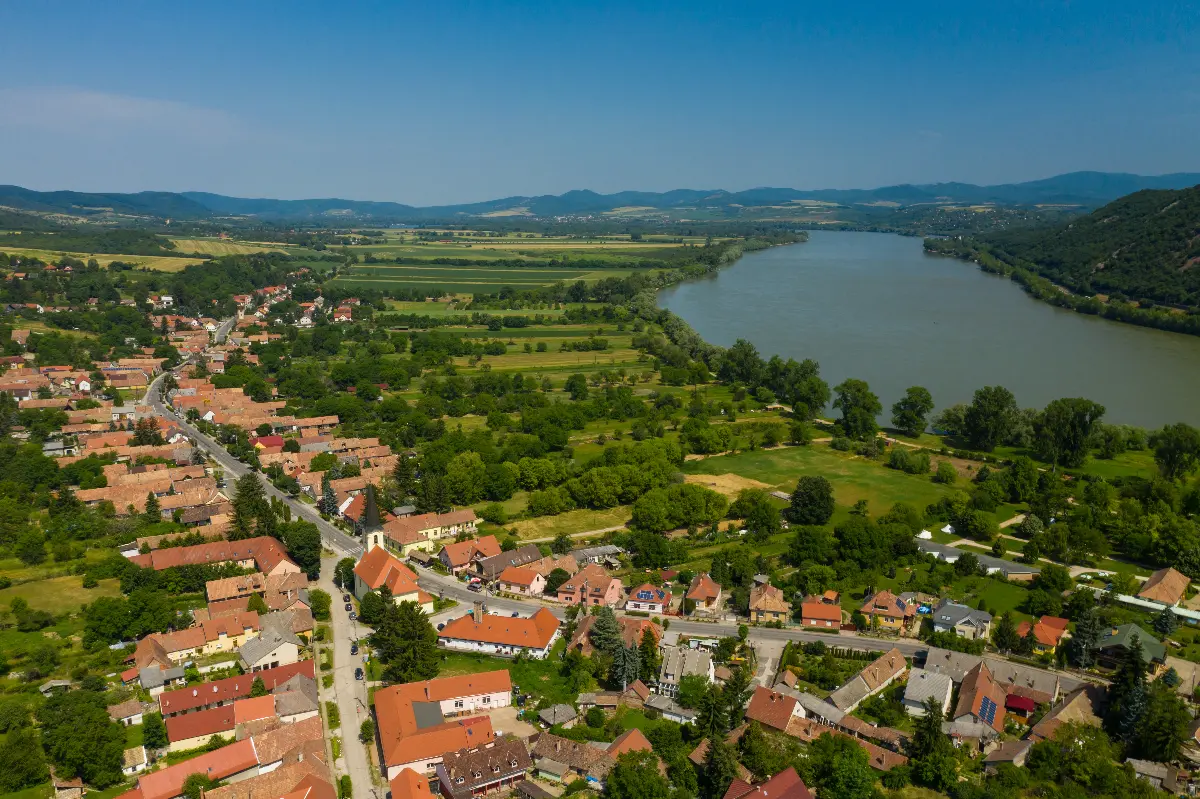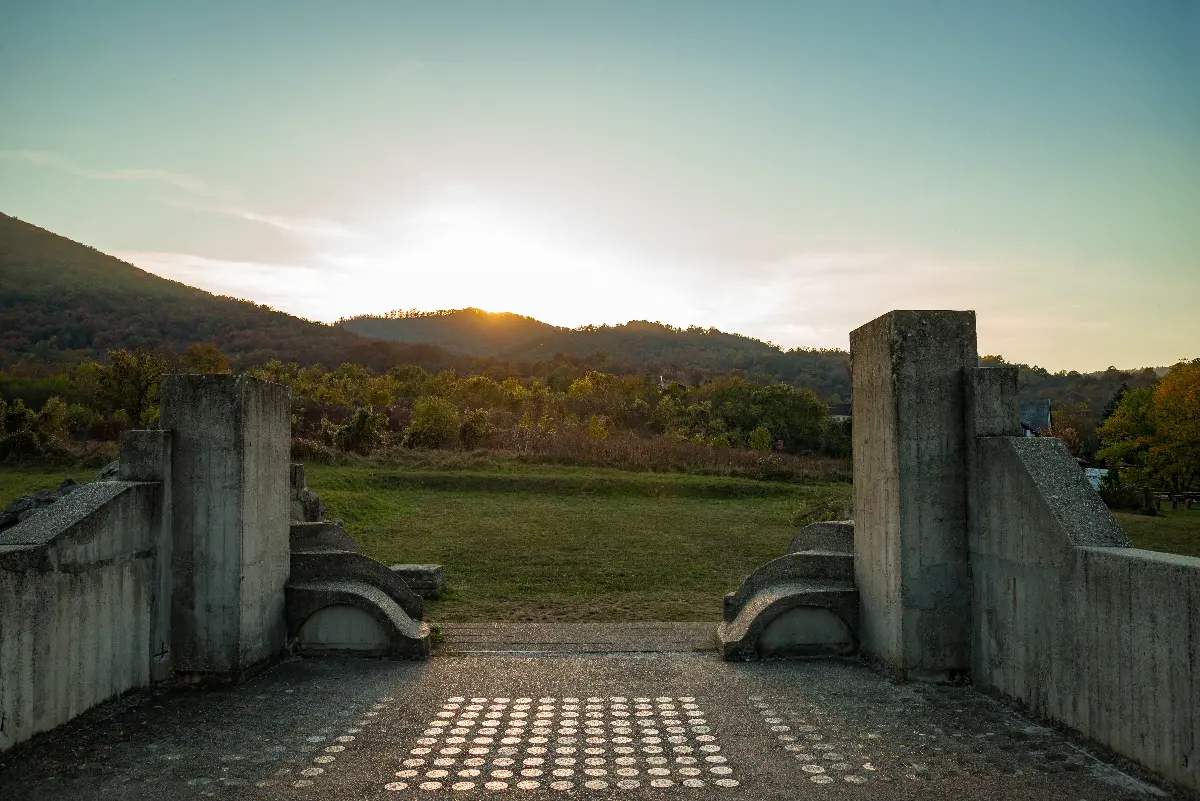
Helyszín címkék:
Location of a 900-year-old telenovela: the Dömös Provostship
DunakanyarGO
The provostship was founded by Prince Álmos (brother of King Coloman the Learned) in place of the former church standing there and in honour of St. Margaret next to the former royal palace in 1107, and it is not accidentally located in Dömös: the road connecting Buda and Esztergom, the two important venues of historical events at the time crosses the town. According to the Chronicon Pictum (Illuminated Chronicle) even Coloman the Learned attended the dedication ceremony. The fraternal relationship of the two Árpádians has not been too cordial. The charming prince trained on the battlefield and in tournaments resented that his pale-faced bookworm – but quite clever – brother did not really support him in his aspirations to seize the throne. This situation ended with the brutal blinding of Álmos and his son seven years old at the time. After the tragedy Álmos was exiled in Dömös, where the church built by him became his own prison. However, Coloman did not want to put into risk the future, so as his death neared he sent a courtier to the provostship to kill his despised brother. Álmos begged for mercy seizing the altar of St. Margaret, but this didn’t discourage his killer. Finally, the blind prince somehow managed to jump on a horse, and he galloped in the woods of Pilis, where he met his end and fatally injured when he fell off the horse.
Back in the day, the Romanesque building complex consisted of a twin-towered, triple-nave church ending in semicircular apses, and the royal palace located on the south side. Among these, only the base walls of the crypt and the sanctuary of the church remained relatively intact.

In the following centuries the history of the provostship became quite turbulent. The Mongolians burned it, but shortly thereafter it was rebuilt. However, in the decades following the extinction of the Árpád Dynasty, as so often in history, the building fell victim of political wars. In this period the monastery was completely destroyed and became deserted. In the 15th century Dömös became once more the centre of Church administration, and operated again as provostship, however the Ottoman wildfire following the defeat in the Battle of Mohács burned it to the ground. The remains left of the decorative elements were taken away by the residents of the area. Luckily Count László Ádám Erdődy Bishop of Nyitra saved some stones from the ruins, which live on in today’s baroque style church of Dömös. In the 1970s on the site of destroyed buildings archaeologist László Gerevich started the excavations.

Throughout the archaeological excavations the wall remains of the rectangular royal palace, appearing in 11th century resources several times were found, and the church’s base walls were also excavated. During the excavation a sensational discovery was made: under the elevated sanctuary of the provostship church the relatively intact crypt of the 11th century church was found, the archaeological excavation of which started in 1977. The authentic restoration of the crypt was carried out by the National Inspectorate for Monument Preservation on the basis of stone carvings and ruins earlier transported in museums, and the works lasted until the beginning of the years of the change of regime. Recently, the ruins of Dömös Provostship evoking an adventure film were placed under the custody of the King Matthias Museum of Visegrád, and in the future further restorations are expected, an exhibition will be opened and catering facilities will be set up nearby.






